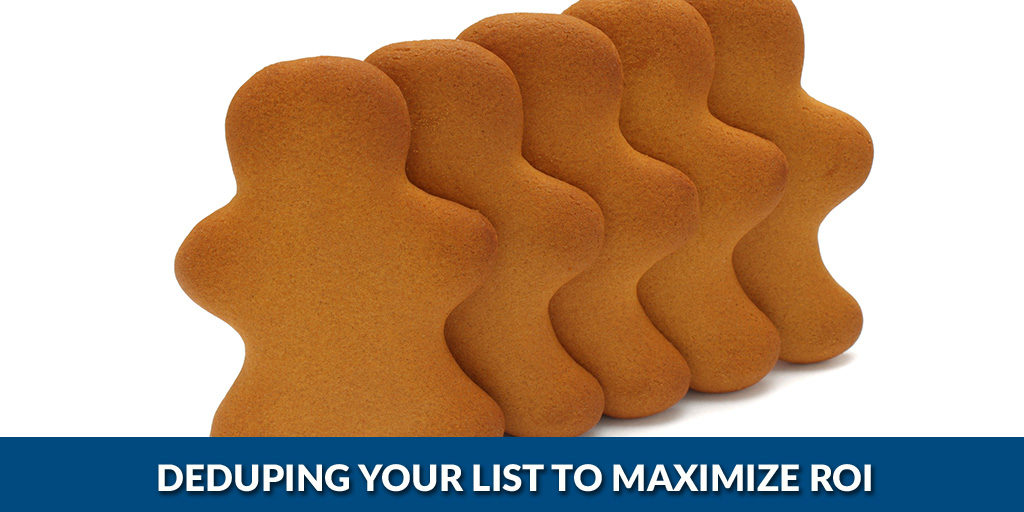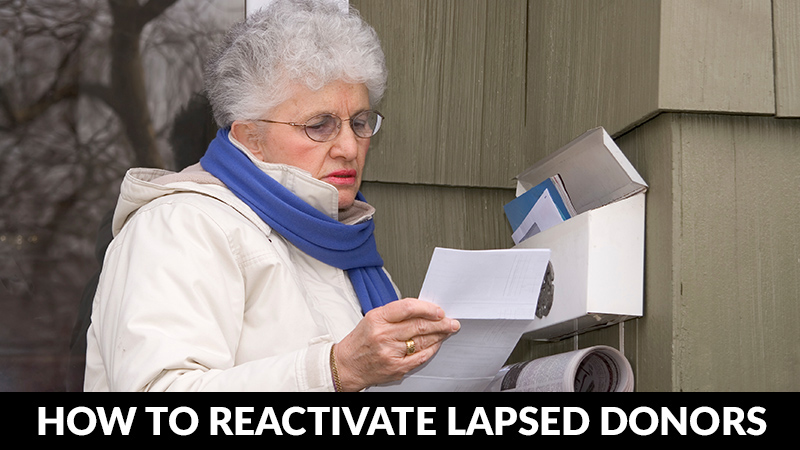Data hygiene makes sure records in your mailing list are deliverable to responsive addresses by accomplishing two primary goals:
Making Sure Addresses are Deliverable: Nothing is more wasteful than paying to mail something that is undeliverable. Avoid doing this by completing at least the first two of the following steps before each new mailing:
- Coding Accuracy Support System (CASS) Certification: CASS Certification software improves the addresses on your mailing list by standardizing them, adding nine-digit zip codes, and creating delivery point barcodes for each address. CASS also converts old-style addresses like “Rural Route 1” to modern street names.
- National Change of Address (NCOA): With about 11% of all Americans moving each year, keeping your direct mail list up-to-date is an ongoing challenge. Processing your list through NCOA updates all your records for which a Change of Address form has been submitted to the U.S. Postal Service with the correct forwarding address.
- Proprietary Change of Address (PCOA): Unfortunately, as many as 40% of Americans who move don’t bother to file a Change of Address notice with the USPS. However, they usually do notify their cell phone company, cherished magazines, and other companies they don’t want to lose touch with. By comparing your list to a database of address changes maintained by a consortium of such companies, you can further improve your list’s deliverability.
Omitting Non-Responsive Addresses: There are a number of types of addresses that have far lower response rates than typical. For example, most businesses will find that mailings addressed to jails or prisons, military personnel, nursing homes, trailer parks or vacant lots are unlikely to generate much response. A thorough data hygiene process will remove these and other non-responsive address types from your list.
Want more information about how to use data hygiene to clean up your list? Download our free eBook How to Use Data Hygiene to Maximize Your Direct Mail’s ROI. And if you would prefer to have experts manage your list for you, please contact John Bell at (310) 372-9010 or by emailing john@mmidirect.com.
Want more than a cookie cutter approach? MMI Direct dives deep into your data
to determine how best to optimize your list and maximize your direct mail ROI.























